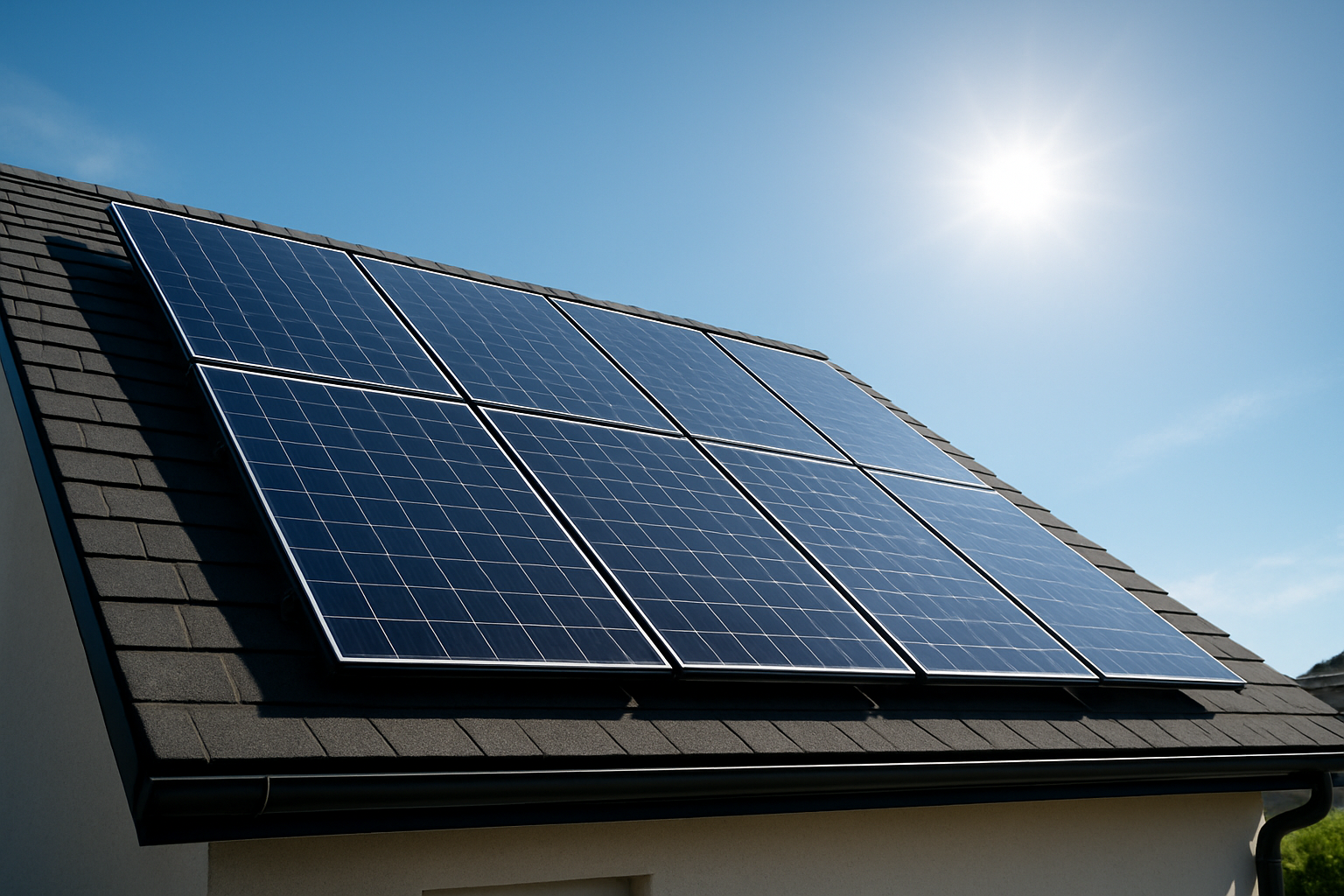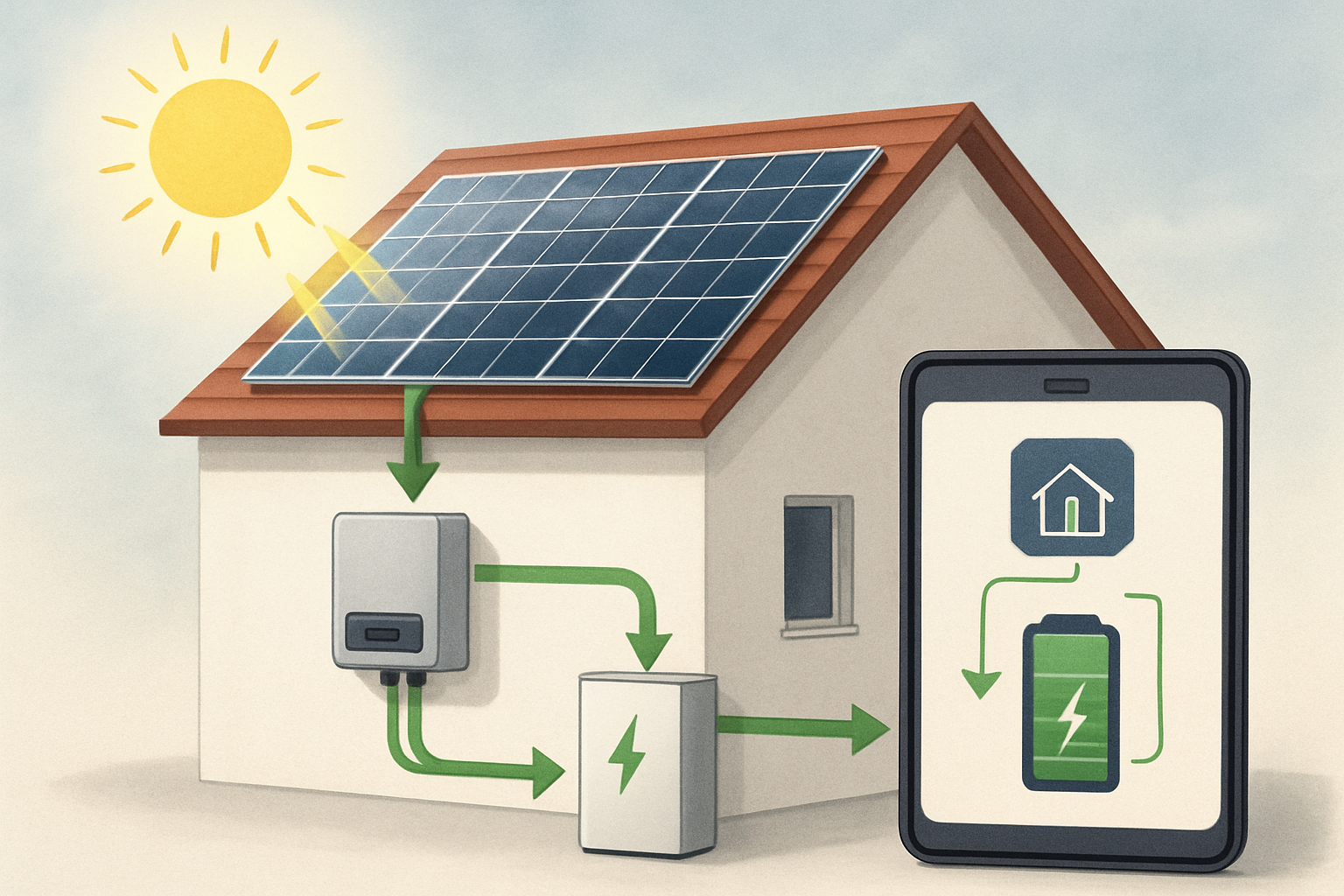Many people considering solar energy systems often focus on one metric above all others: solar panel efficiency. The idea that a higher percentage automatically translates to a superior investment is a common belief. While high efficiency certainly offers compelling advantages, the reality is more nuanced. Achieving true energy independence and maximizing your solar investment involves looking beyond a single number. This discussion evaluates whether higher efficiency consistently delivers the best financial payback for your specific situation.
Understanding Solar Panel Efficiency
Solar panel efficiency describes how effectively a panel converts sunlight into usable electricity. A panel with higher efficiency generates more electricity from the same amount of sunlight hitting its surface compared to a lower-efficiency panel of identical size. This conversion percentage is typically measured under Standard Test Conditions (STC) in a laboratory setting.
The significance of efficiency often comes down to space. If you have limited roof area, higher efficiency panels allow you to generate more power within that confined footprint. This can be crucial for meeting your energy demands or maximizing the output from a smaller installation area. However, the rated capacity of a solar panel depends on both its physical dimensions and its efficiency.

The Cost-Efficiency Equation
Higher efficiency solar panels frequently come with a higher upfront cost per watt. This initial investment difference is a critical factor when assessing the long-term financial viability of your solar system. To truly understand if higher efficiency pays back, you need to consider the 'payback period'—the time it takes for your energy savings to offset the initial installation cost.
The average solar panel payback period typically ranges between six and ten years. This timeframe can fluctuate based on several factors, including the total system cost, prevailing electricity rates in your area, available financial incentives, and your household's energy consumption.
Over the past decade, the cost of solar PV has seen substantial reductions. For instance, the global weighted average levelized cost of electricity (LCOE) for utility-scale solar plants fell by 90% from 2010 to 2023. This trend of decreasing costs makes solar energy increasingly competitive with traditional power sources.
Consider this hypothetical comparison:
| Panel Type | Efficiency | Typical Cost per Watt (Installed, after incentives)* | System Size (for a given area)** | Estimated Annual Savings (at $0.16/kWh)*** | Estimated Payback Period |
|---|---|---|---|---|---|
| Standard Efficiency Panel | 19% | $2.80 | 6.5 kW | $1,200 | ~9.5 years |
| High Efficiency Panel | 22% | $3.20 | 7.5 kW | $1,450 | ~10.4 years |
*These are illustrative figures and actual costs vary widely based on location, installer, and specific equipment. Costs have generally declined.
**Assumes a fixed roof area for comparison.
***Based on U.S. average electricity costs, which were around 16.19 cents per kWh in November 2023.
As the table suggests, a higher efficiency panel might have a longer payback period if its increased initial cost outweighs the additional energy production. However, if your utility rates are significantly higher, or if incentives are particularly strong, the economics can shift, potentially shortening the payback period for high-efficiency options.
Beyond the Numbers: Real-World Performance
Module efficiency, while important, does not tell the complete story of a solar system's performance. Many real-world factors influence how much electricity your panels generate over their lifetime:
-
Temperature Effects
Solar cells generally perform best at lower temperatures. As panel temperature rises, their efficiency can decrease. This effect is quantified by a 'temperature coefficient.' Even high-efficiency panels are subject to this, meaning their peak performance might not always be realized in hot climates without proper ventilation.
-
Degradation Rates
All solar panels experience a slight decrease in power output over time, known as degradation. Most quality panels come with performance warranties guaranteeing a certain percentage of their initial output after 20-25 years, often around 80-90%. While high-efficiency panels may start at a higher output, their degradation rate also matters for long-term yield.
-
Shading and Soiling
Even partial shading from trees, chimneys, or nearby buildings can significantly reduce a panel's output, regardless of its efficiency rating. Similarly, dust, dirt, and debris accumulation (soiling) can block sunlight and diminish performance. Regular cleaning and careful system design to mitigate shading are crucial for any solar installation.
-
System Integration
The overall efficiency of your solar energy system extends beyond the panels themselves. The solar inverter, which converts the direct current (DC) electricity from your panels into alternating current (AC) for your home, plays a vital role. High-quality solar inverters minimize energy loss during this conversion. Furthermore, integrating your solar panels with a robust home energy storage system, particularly those utilizing high-performance, safe, and reliable LiFePO4 batteries, allows you to capture and store excess energy. This stored energy can then be used when the sun is not shining, optimizing your self-consumption and enhancing your energy independence.
When Higher Efficiency Truly Pays Off
While not universally superior, higher efficiency solar panels offer distinct advantages in specific scenarios:
-
Limited Roof Space
If you have a small roof or restricted area for solar installation, high-efficiency panels allow you to maximize the power generated from the available space. This is often the primary driver for choosing them.
-
High Electricity Prices
In regions with high electricity rates, the additional energy produced by higher efficiency panels translates into greater financial savings per kilowatt-hour. This can accelerate the payback period, making the higher initial investment more justifiable.
-
Long-Term Investment Mindset
For those viewing solar as a long-term asset, high-efficiency panels may offer a greater cumulative energy yield over their 25+ year lifespan, potentially leading to higher overall savings, even if the initial payback period is slightly longer. Solar energy systems are often seen as a low-risk investment that can increase home value.
-
Integrated Energy Solutions
When you seek a comprehensive energy solution, combining high-efficiency solar panels with advanced energy storage systems and efficient solar inverters creates a powerful synergy. This integrated approach ensures that the valuable electricity generated is efficiently managed, stored, and utilized, leading to greater energy resilience and self-sufficiency. Our off-grid solar solutions, for instance, are designed to deliver reliable power for homes, farms, and remote cabins, emphasizing the importance of a cohesive system.
Revisiting Your Solar Investment
The decision to invest in higher efficiency solar panels depends on more than just the efficiency percentage. It involves a careful consideration of your specific circumstances, including available space, local electricity costs, budget, and long-term energy goals. While solar PV module prices have continued to decline, making solar technology more accessible, remember that the overall system performance, including the quality of your solar inverter and the integration of robust energy storage with LiFePO4 batteries, significantly impacts your energy production and financial return. Focus on a holistic approach to system design to ensure you receive the most reliable and scalable energy solution, ultimately empowering your energy independence.
Disclaimer: This article provides general technical information and is not financial or investment advice. Always consult with qualified professionals for specific recommendations.





Leave a comment
All comments are moderated before being published.
This site is protected by hCaptcha and the hCaptcha Privacy Policy and Terms of Service apply.